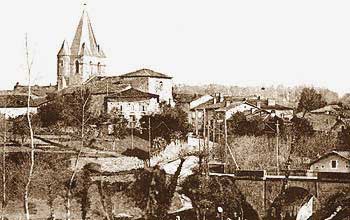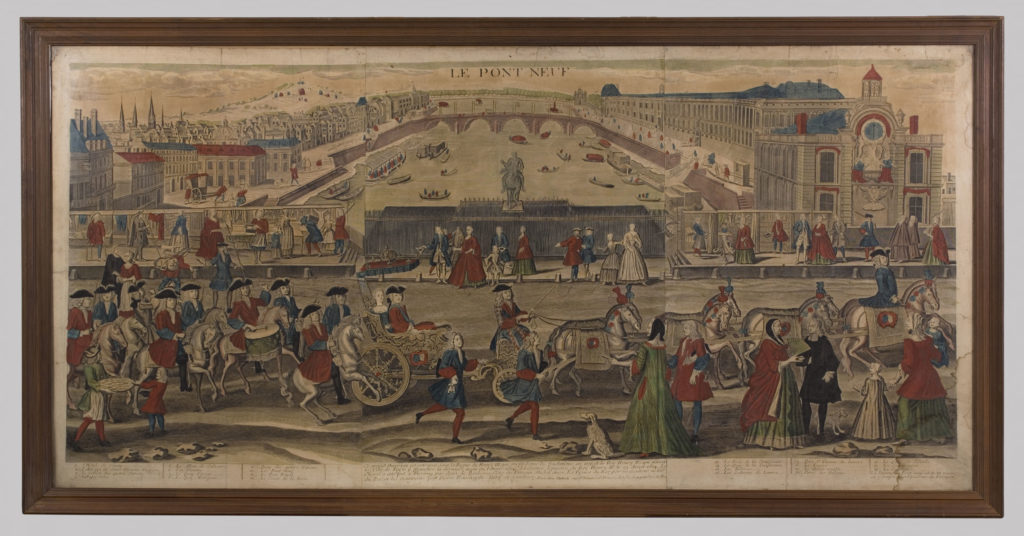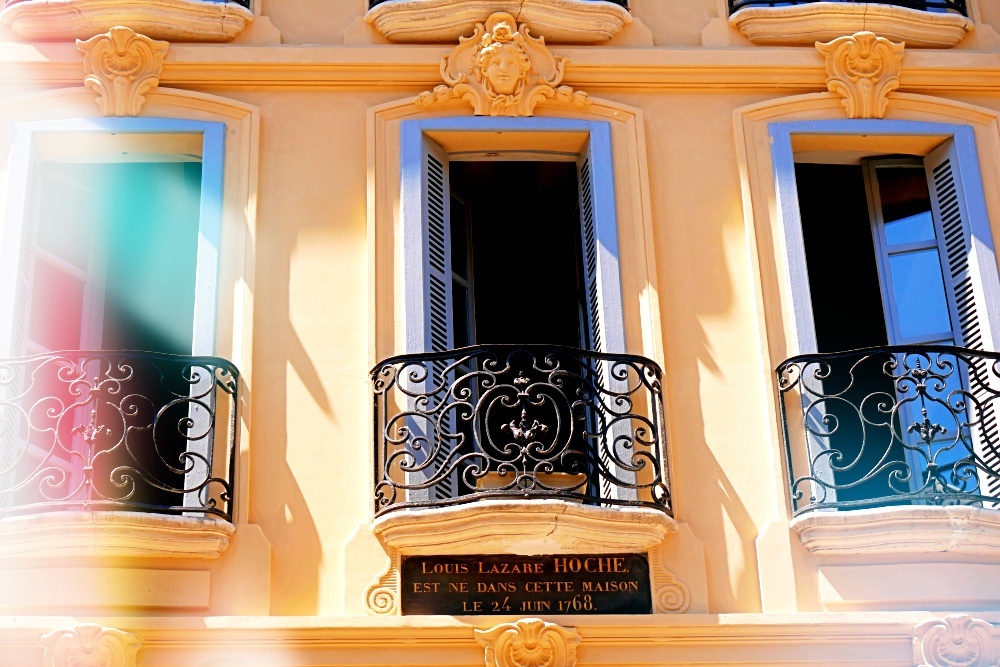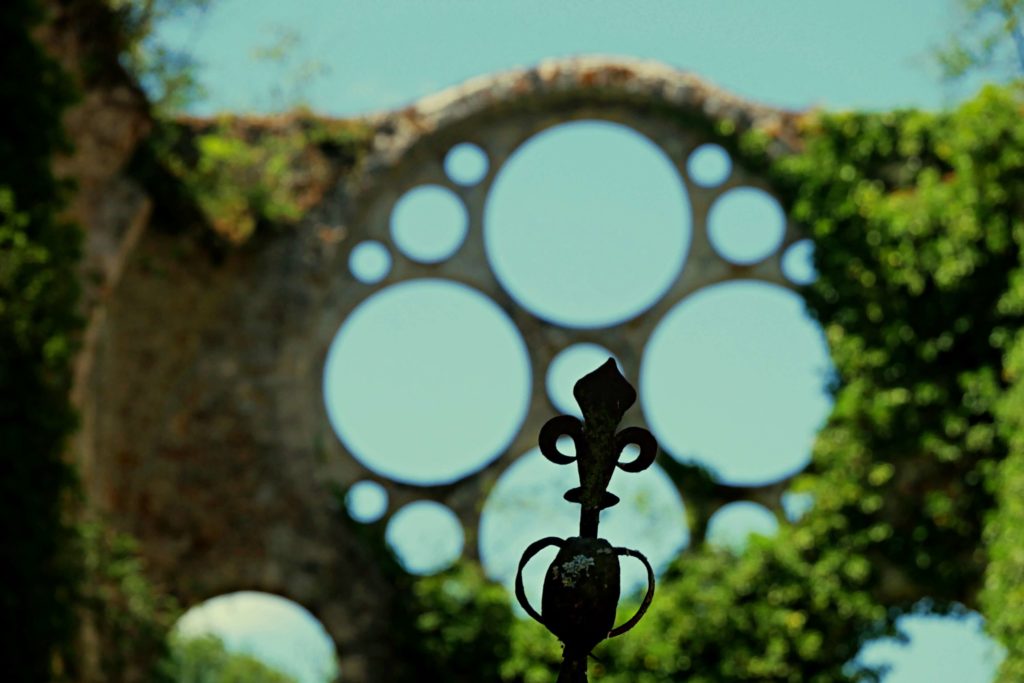There are some places you visit as a tourist which fill you with sadness and despair at the atrocities committed by men. Oradour-sur-Glane is one of these places. Once a peaceful village in the countryside, in 1944 it was changed forever after one of the most barbarous acts by German soldiers in France in World War II – a massacre in which 642 men, women and children were shot or burnt to death in the local church.
Located about twenty kilometres from the city of Limoges, Oradour’s population, according to the 1936 census, was 1,574 inhabitants, most of whom lived in the farms and hamlets surrounding the village. As a result of the war there were also many refugees – Spaniards driven out by Francoism, Alsatian evacuees, French Jews or foreigners fleeing persecution. Prior to the massacre it was a normal rural village with two butcher shops, a bakery, a dozen or so small cafés and a post office. There were regular village dances, fishing in the nearby ponds and family picnics on the weekends.

the massacre of oradour-sur-glane
Saturday 10 June 1944 was a fairly busy day – it was market day in the centre of the village which bought in many people from the surrounding hamlets.
In the early afternoon, around 200 German soldiers were seen entering the village. These soldiers were part of the Waffen SS Das Reich division, the armed wing of the Nazi forces. They were no strangers to mass executions, nor the use of terror to subdue a population.
These German troops were in this particular area to crack down on the French Resistance who had been involved in several recent attacks near Limoges. Following the D-Day landings in Normandy on 6 June, there was increased determination on the part of German commanders that the Resistance around Limoges be bought under control.
In the nearby town of Tulle there was armed fighting on 7 and 8 June between Resistance and German troops, which left forty Germans dead. The Germans responded with rapid reprisals on 9 June – 99 men were hanged and 149 deported to Dachau concentration camp.
Exactly why the Waffen SS came to Oradour-sur-Glane the following day is not known. There had been a report of an SS officer held hostage in the nearby village of Oradour-sur-Vayres. It may have been simply more reprisals against the actions of the French Resistance – the orders from the top were to kill ten ‘terrorists’ for every German who was killed.
On the afternooon of 10 June the German troops surrounded the town. They ordered the villagers to gather on the champs de foire, or village field, and shot those who could not make it. On the field the men were separated from the women and children and were taken to various barns and sheds in the village. When a signal was given they were simultaneously executed by gunfire.

The terrified women and children were herded into the church. The German soldiers set off explosives, which created a large fire in which the women and children were burnt alive. Three managed to escape from a small window in the sacristy; two of them were shot as they fled. The third was also shot but managed to hide under some bushes until the next day when she was found. The village was then looted and set completely on fire.
There were 642 victims. 247 women, 205 children, 190 men.
a survivor of the massacre
Jacqueline Pinède was one of the survivors of the massacre. A Jew, she and her family had fled the city of Bayonne in 1940 which was under German occupation. The 19 year old was sitting down to lunch with her family when they saw a column of German soldiers marching along the main street of the village. Her father told she, her 18 year old sister Francine and their 9 year old brother Emile-André to run and hide under the staircase of the small hotel across the road. They remained there for almost 5 hours, hearing gunshots and the sound of soldiers going up and down the stairs above them.
When Jacqueline finally opened the door underneath the stairs, she could see fire everywhere – the houses, the the electric wires, woodpiles. Making sure their Jewish identification was hidden, the siblings ran for their lives through the fields. After several nerve-wracking hours, fearing every noise was a German soldier in pursuit, they arrived at a local farmhouse. Another survivor soon arrived at the same house, exhausted and bleeding from a bullet wound. The tales they told seemed beyond comprehension.
The next day, the few survivors and people from neighbouring hamlets saw for themselves the burnt bodies amongst the wreckage of the village. Jacqueline and her siblings realised then they would never see their father, mother or grandmother again. After several weeks of staying with other survivors and living in fear the German soldiers would return, they returned to Bayonne. Jacqueline died in 2017 at the age of 92.
The video is in French, but Jacqueline Pinède shows where she hid under the stairs, and walks us through the church where her mother and grandmother perished.
remembering the past
The village of Oradour-sur-Glane had been declared an historical monument by 1946, and it was decided it would be left in its ruined state, virtually unchanged since the end of the massacre.

…blackened nakedness … a perpetual source of shame to those of Nazi connections.
In 1999 a memorial centre was opened to the public near the entrance to the village. It is very emotional to read the stories of the few survivors, the stories of those who perished, and think of the lives they could have led. The personal items on display are heartbreaking.
The centre also documents the long journey to seek justice against the perpetrators of the massacre. The French who were conscripted into the German army and were involved in the massacre were granted an amnesty against prosecution. The Germans who had ordered the retaliation or participated in the killing of the villagers served small prison terms and all had been released by 1958.

Visiting the village today, with its church in ruins, its schools empty and crumbling, and its houses covered in weeds, is an eerie experience. It’s not pleasant, it’s not a place where you laugh and chatter and exclaim about the wonders of the past. It’s sombre, but it’s one of the most important historical places I’ve ever visited.
Those who cannot remember the past are condemned to repeat it. Santayana
George Santayana, 1905
further links
Official website of the Centre de la mémoire d’Oradour
This link is the official tourist office of the department of Limousin, where Oradour-sur-Glane and Limoges are located.




My US military father was stationed in Chateauroux in 1958. We visited Oradour that year, when I was 10 years old. It made an impact on me I’ve never forgotten. Just last week, now in 2022, I was recounting what I saw to my daughter. We all must never forget.
What a lovely sentiment to the past; you are completely right, the past is within us all and we must never forget. Thank you for reading the post.